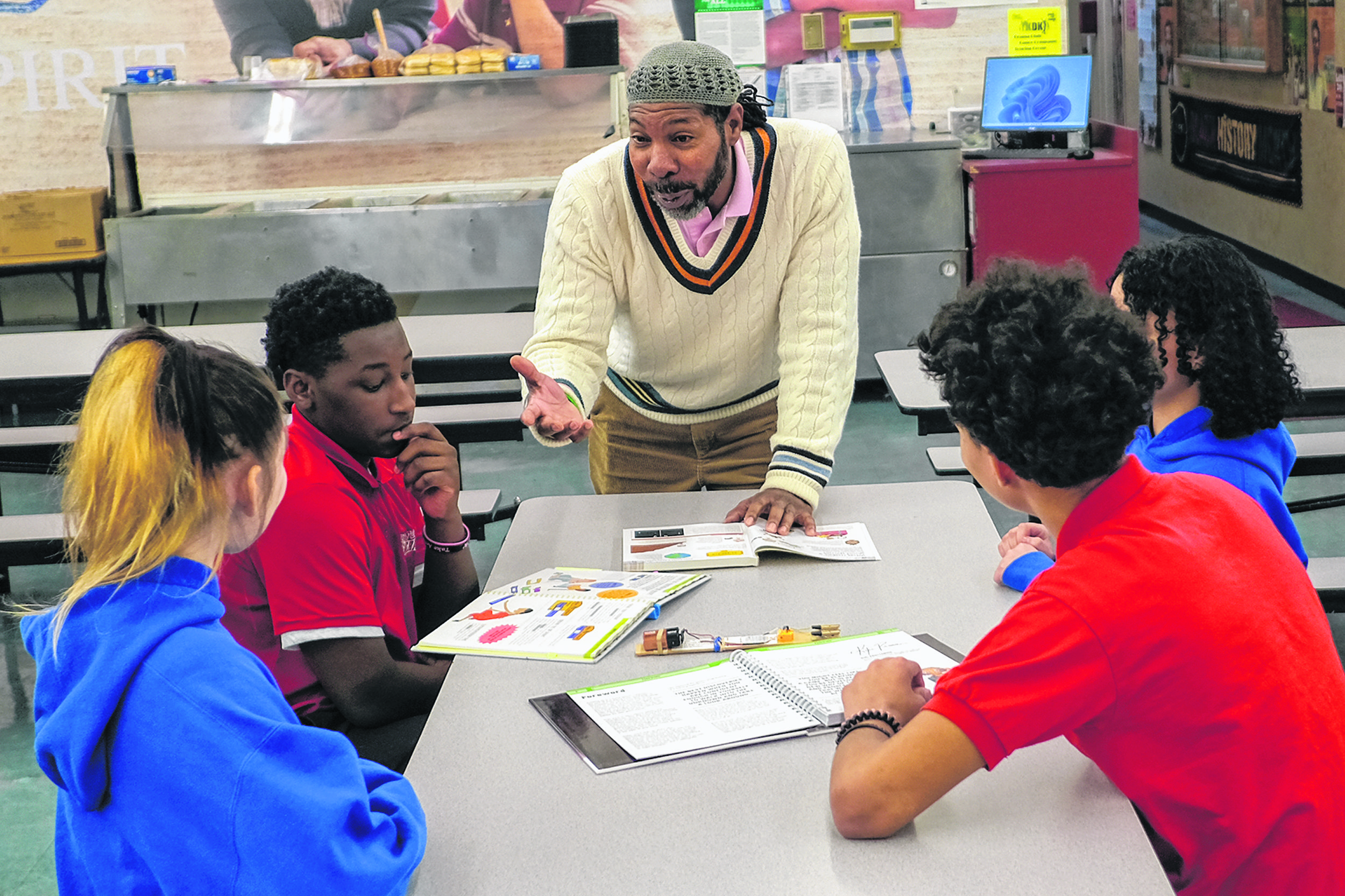LIMA —Earlier this month, Ohio Sen. Sandra O’Brien, R-Ashtabula, introduced the Parent Education Freedom Act, which would expand the state’s EdChoice Scholarship program and augment the tax credit given for homeschooling in Ohio.
But as of December 2022, a decision in Franklin County Common Pleas Court allowed a lawsuit by over 200 Ohio school districts to proceed alleging that EdChoice hurts public schools and students.
Past history tells us that the courts are slow and the legislature just as slow to react to educational issues. In 1997, DeRolph v. State, the Ohio Supreme Court declared the state’s school funding system unconstitutional. To this date, even with Cupp-Patterson, the state has yet to fully fund schools in Ohio.
Through a congressional resolution, this week is National School Choice Week. Public school choice refers to programs or policies that allow families to choose which public school their child will attend, rather than being assigned to a school based on their address. These programs can take various forms, such as community schools, open enrollment policies, magnet schools or online public schools. Private schooling and homeschooling are additional options for students and parents. The goal of public school choice is to give families more options and to increase competition among schools, which can lead to improved educational outcomes for students. However, a number of studies on the effect of school choice programs show that they may not improve student outcomes and may even widen inequality.
Community schools are tuition-free public schools that have extra freedom to innovate with curriculum and learning methods. Community schools or charter schools have been allowed in Ohio since 1997. Today there are more than 300 such schools.
Dr. Willie Heggins at Heir Force Community School in Lima said, “This school originally started as a charter school in 2001. In 2011 the school made a change from being a traditional charter school to becoming a community public school. We are a public school just like any other public school here in the city of Lima. We receive state appropriations. Because we receive public funds, we have to adhere to the same rules and regulations as any other public school. We’re excited about that because we get a report card, so there’s some accountability measures that are in place… What makes us a little different than the traditional public schools is our class sizes. Where typical public school is probably 1 to 28 or 30, our ratio is 1to 17.”
Magnet schools, which are a part of the Lima City Schools, are free public schools. Lima has Liberty Arts Magnet School as well as South Science and Technology Magnet, which are schools of choice. Students are enrolled based on their interest in the school’s theme, not based upon where they live. While schools may have a general theme, students still study a complete range of subjects. The schools are accountable to state testing. Each subject is aligned to state standards, but each subject is taught within the school’s theme. More often than not, magnet schools involve hands-on learning that is inquiry and performance-based. These might be a good option if your student learns best by focusing in on a subject he or she is passionate about.
Ohio has restricted open enrollment for public schools. Open enrollment refers to whether parents can choose to send their child to any public school in Ohio, regardless of where they live or the location of the school. Many schools in the area accept students from contiguous school districts, which can limit where students may come from. For example, this would allow a student living in the Shawnee Schools district to open enroll in Lima City Schools if the student has an interest in agriculture, a subject which Shawnee currently does not offer, but is offered in Lima.
Each district chooses whether to allow for transfers between districts. Even if approved, open enrollment numbers are capped. A school will not admit more students than they can handle. In most open enrollment cases, parents are responsible for transportation to the new public school. If open enrollment is chosen as an option, check multiple public schools in your area and discover which best fits your student’s needs.
A newer option which really came to light during the COVID pandemic is public online schools. Online high school students generally have more freedom and privacy. This means they can choose when to eat lunch, take a restroom break, or simply get up and walk around. Some of these reasons parents and students choose virtual learning include a wider variety of courses, flexibility in scheduling, more challenging courses, or courses not available in the regular classroom environment that promote learning in a student’s particular area of interest. Students in an online high school can focus more by approaching their learning in whatever way suits them best.
ACE Academy in Auglaize County is a public online school for students in grade 6-12. They can work with anyone anywhere in the state but their students are primarily located in Mercer, Allen and Auglaize Counties. ACE Academy offers face-to-face tutoring and a mentor program which checks in with the student once per week. These schools do have enrollment caps, which are adjusted annually. Districts that operate an online learning school must provide all online students a computer and access to the internet at no cost.
So there are a number of choices within the parameters of the public schools where parents and students can get the best education possible. They just need to take the time to seek out the various options already available.
Reach Dean Brown at 567-242-0409







